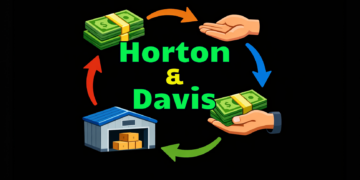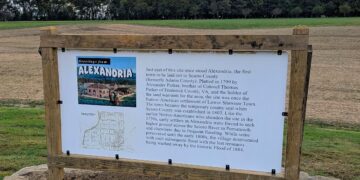For farmers and landowners, the concept of leasing farmland is more than just a business arrangement. It’s a critical component of the agricultural landscape, fostering collaboration and resource-sharing that sustains our food production. In this post, we’ll plow through the ins and outs of leasing your farmland, from understanding the different types of agreements to navigating the challenges and future trends of this practice.
Understanding Farmland Leasing
Farmland leasing is a financial arrangement between the landowner and the tenant. It’s a complex dance of legalities and negotiations. There are several types of leasing arrangements, including cash rent, share rent, and flexible rent, each with its own advantages and considerations. It’s not just about planting and harvesting—it’s about the legal backbone. Lease provisions can affect profit-sharing and each party’s land management role.
The Farmer’s Perspective
Leasing farmland is a lifeline for both budding and seasoned farmers. For new farmers, it’s a foot in the door that circumvents the exorbitant cost of land ownership. For experienced professionals, it can facilitate business expansion and risk diversification.
Scoring the right lease agreement involves finding common ground between your production needs and the landowner’s expectations. So what’s the trick? Negotiating a lease that guarantees sustainability and profitability for both parties, whether you lease the farmland to a tenant or farm the land yourself.
The Landowner’s Perspective
Landowners also have much to gain from leasing. It’s often a wiser decision than selling, maintaining an income stream and asset value through changing market conditions. There are crucial steps landowners should take before offering their land for lease, from understanding local agriculture trends to preparing the land for a new tenant. Setting a competitive rental rate is an art that balances profitability with market realities, and it accounts for the land’s productivity and quality.
Navigating Challenges and Future Trends
Every rose has its thorn, and farmland leasing is no exception. Common challenges can arise, from miscommunication to land degradation. The advent of new technologies like precision agriculture and the burgeoning demand for sustainable farming practices are also reshaping the leasing landscape. The future of farmland leasing looks bright, with the potential for even more efficient and eco-friendly lease agreements that benefit both parties.
Leasing is a valuable tool in the farmers’ toolkit, and its significance will only grow as the agricultural industry evolves. Whether you’re considering leasing your land or searching for fertile ground to grow your ambitions, understanding the ins and outs of farmland leasing can lead to a fruitful partnership.





















































































